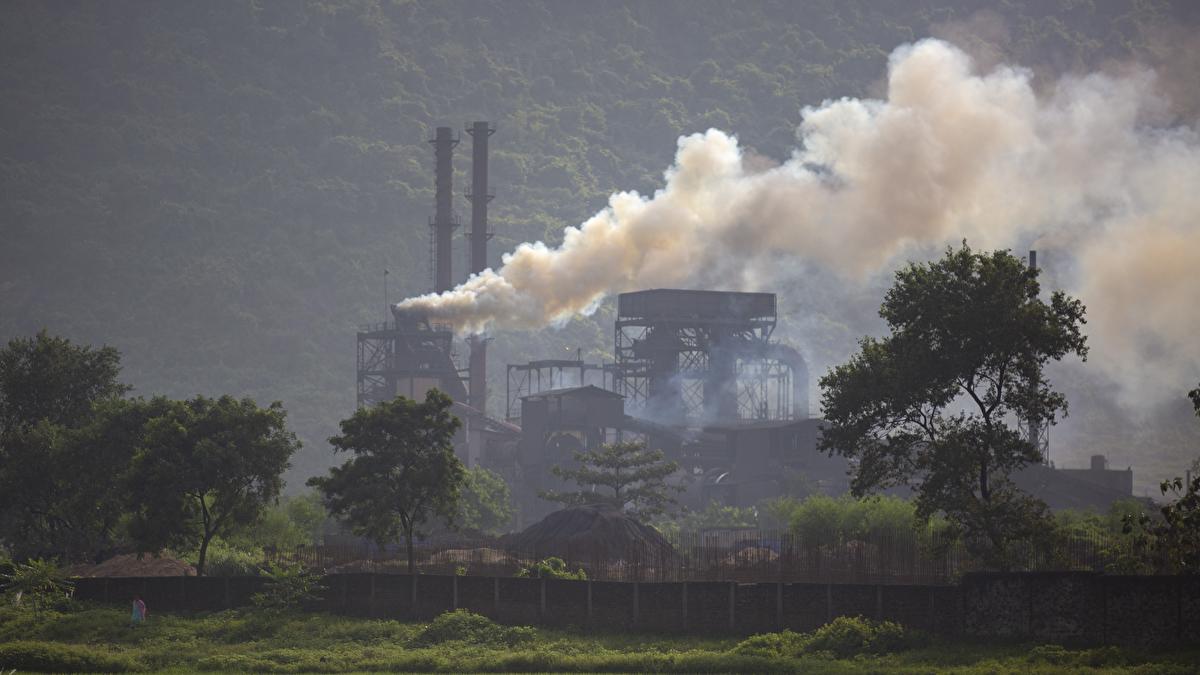
LONDON - The world is on the brink of a new age of electricity with fossil fuel demand set to peak by the end of the decade, meaning surplus oil and gas supplies could drive investment into green energy, the International Energy Agency said on Wednesday.
But it also flagged a high level of uncertainty as conflicts embroil the oil and gas-producing Middle East and Russia and as countries representing half of global energy demand have elections in 2024.
“In the second half of this decade, the prospect of more ample – or even surplus – supplies of oil and natural gas, depending on how geopolitical tensions evolve, would move us into a very different energy world,” IEA Executive Director Fatih Birol said in a release alongside its annual report.
READ MORE: Major growth predicted for new energy cars worldwide
Surplus fossil fuel supplies would likely lead to lower prices and could enable countries to dedicate more resources to clean energy, moving the world into an "age of electricity", Birol said.
In the nearer term, there is also the possibility of reduced supplies should the Middle East conflict disrupt oil flows.
The IEA said such conflicts highlighted the strain on the energy system and the need for investment to speed up the transition to "cleaner and more secure technologies".
READ MORE: Renewable energy to fall short of UN goal to triple by 2030, IEA says
A record high level of clean energy came online globally last year, the IEA said, including more than 560 gigawatts (GW) of renewable power capacity. Around $2 trillion is expected to be invested in clean energy in 2024, almost double the amount invested in fossil fuels.

In its scenario based on current government policies, global oil demand peaks before 2030 at just less than 102 million barrels/day (mb/d), and then falls back to 2023 levels of 99 mb/d by 2035, largely because of lower demand from the transport sector as electric vehicle use increases.
The report also lays out the likely impact on future oil prices if stricter environmental policies are implemented globally to combat climate change.
ALSO READ: Climate goal to triple global renewable energy by 2030 within reach, IEA says
In the IEA’s current policies scenario, oil prices decline to $75 per barrel in 2050 from $82 per barrel in 2023.
That compares to $25 per barrel in 2050 should government actions fall in line with the goal of cutting energy sector emissions to net zero by then.
Although the report forecasts an increase in demand for liquefied natural gas (LNG) of 145 billion cubic meters (bcm) between 2023 and 2030, it said this would be outpaced by an increase in export capacity of around 270 bcm over the same period.
ALSO READ: World leaders call for investment in clean energy, developing nations seek help
“The overhang in LNG capacity looks set to create a very competitive market at least until this is worked off, with prices in key importing regions averaging $6.5-8 per million British thermal units (mmBtu) to 2035,” the report said.
Asian LNG prices, regarded as an international benchmark are currently around $13 mmBtu.


